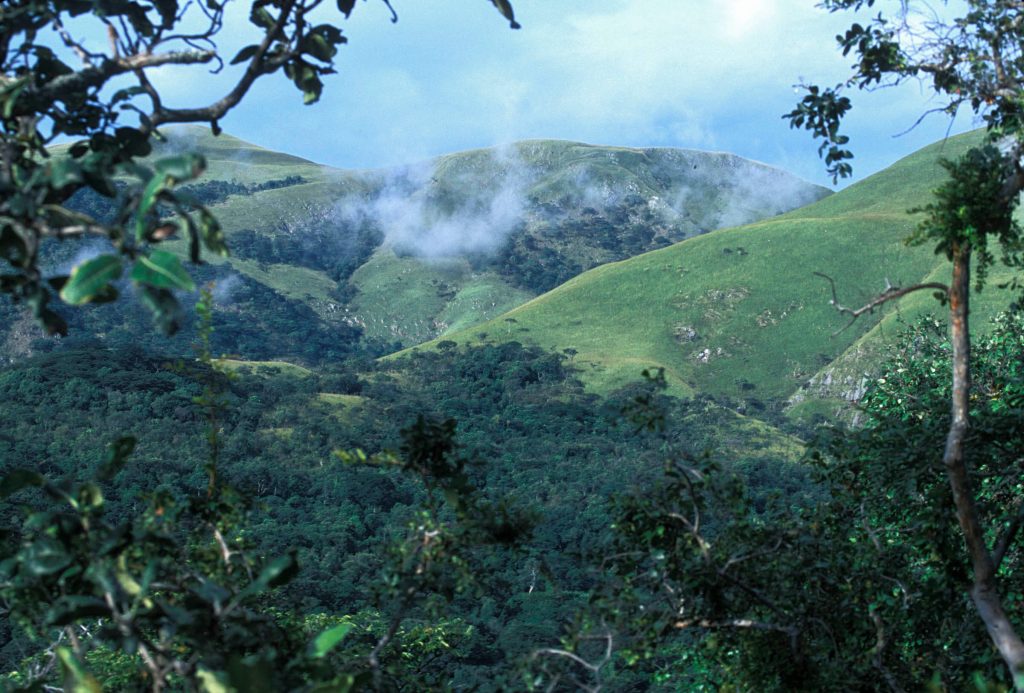Gombe Stream National Park
Gombe national park

Gombe Stream National Park is Tanzania’s smallest national park but one of the most significant due to its pioneering research on chimpanzees. Located in the western part of Tanzania, along the shores of Lake Tanganyika, Gombe is renowned for its dense forests and exceptional primate viewing opportunities.

Overview of Gombe National Park:

Gombe Stream National Park is renowned for its exceptional opportunities to observe wild chimpanzees in their natural habitat. The park’s combination of dense forests, rugged terrain, and the scenic backdrop of Lake Tanganyika creates a unique and captivating environment. For those interested in primate research, wildlife observation, and experiencing a remote and pristine wilderness, Gombe Stream National Park offers an unparalleled and immersive adventure.
Forest and Mountain Terrain:
- Mountains and Hills: The park is characterized by steep, hilly terrain and rugged mountains. The highest peak reaches up to 1,500 meters (4,920 feet) above sea level.
- Dense Forests: Includes tropical rainforests that are crucial habitats for the park’s wildlife.
Lake Tanganyika:
- Location: The western boundary of the park is defined by the eastern shores of Lake Tanganyika, the second deepest and longest freshwater lake in the world.
- Features: The lake provides scenic views and supports various fish species.
Streams and Rivers:
- Gombe Stream: The park’s main waterway, which flows through the forested areas, providing essential resources for the park’s wildlife.
How long to stay?
At least 2 days, but some guests would say even a week is not enough.
Facts about Gombe National Park
- Established: 1968
- Size: Approximately 52 square kilometers (20 square miles)
- Location: Western Tanzania, along the shores of Lake Tanganyika
- Elevation: Ranges from 800 meters to 1,500 meters (2,625 to 4,920 feet) above sea level
- Climate: Tropical climate with a rainy season from March to May and a dry season from June to October
- Accessibility: Accessible by light aircraft from Dar es Salaam or by boat from Kigoma. The journey can be challenging due to the park’s remote location.
Most common animals
Mammals:
- Chimpanzees
- Red-tailed Monkeys
- Vervet Monkeys
- Blue Monkeys
- Bushbabies
- Forest Elephants (rarely seen)
Birds:
- Great Blue Turaco
- African Fish Eagle
- Pale-breasted Illadopsis
- White-cheeked Turaco
- Yellow-billed Kingfisher
Reptiles:
- Nile Crocodile
- Various Lizards and Geckos
Amphibians:
- Tree Frogs
- Various Toad Species
Insects:
- Butterflies
- Dragonflies
- Beetles and Other Insects
